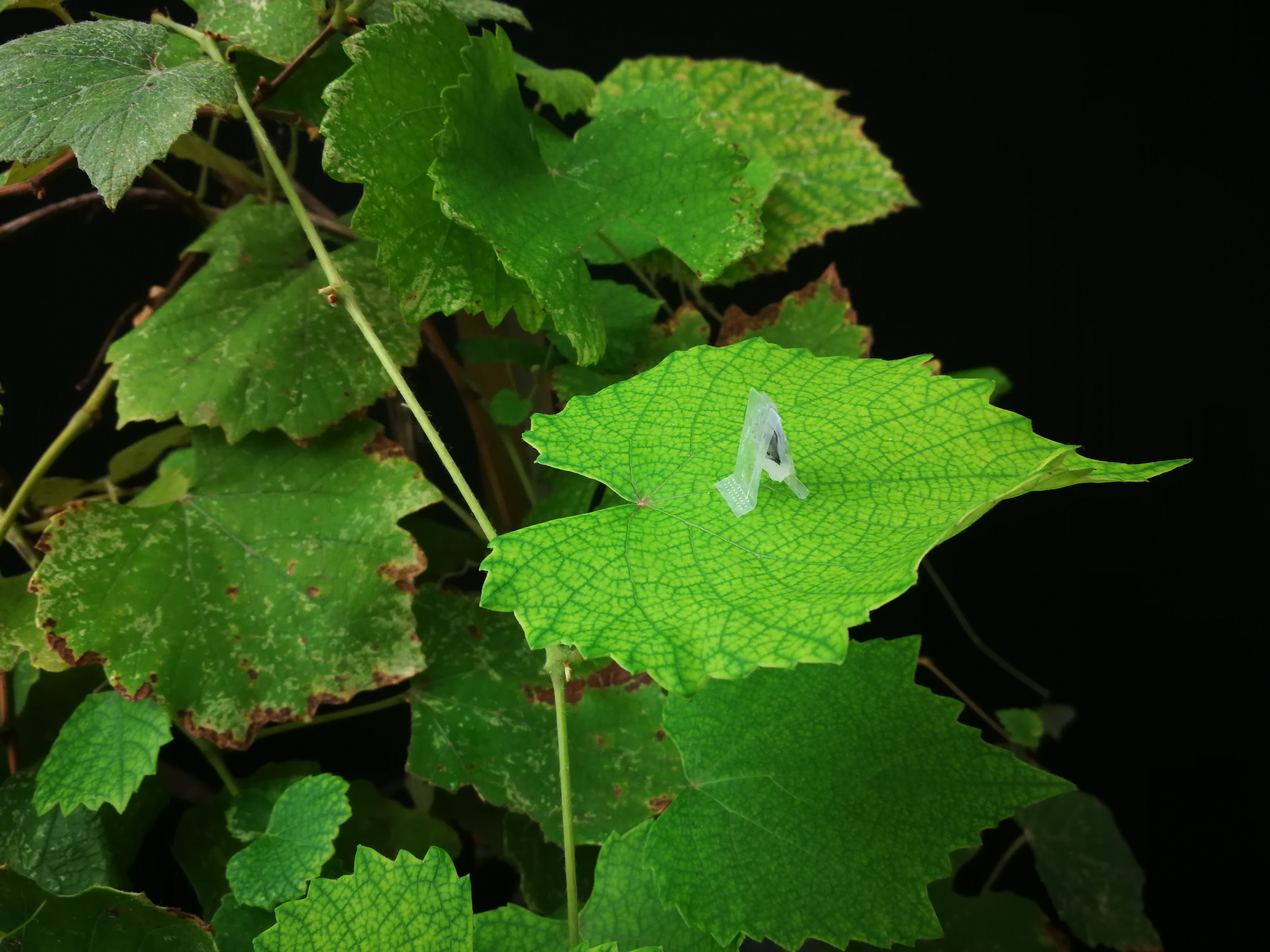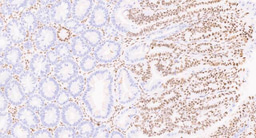Plant-like machines: can they help save our planet?
Published in Electrical & Electronic Engineering


This work was funded by the European Union’s Horizon 2020 Research and Innovation Programme under Grant Agreement No 824074 (GrowBot Project) and by the National Geographic Society (NGS) under Grant Agreement No EC-62190T-19.
References
1. Bauer, G., Klein, M. C., Gorb, S. N., Speck, T., Voigt, D., & Gallenmüller, F. (2011). Always on the bright side: the climbing mechanism of Galium aparine. Proceedings of the Royal Society B: Biological Sciences, 278(1715), 2233-2239.
2. Mazzolai, B., & Laschi, C. (2020). A vision for future bioinspired and biohybrid robots. Science Robotics, 5(38), eaba6893.
3. Fiorello, I., Tricinci, O., Naselli, G. A., Mondini, A., Filippeschi, C., Tramacere, F., Mishra A., & Mazzolai, B. (2020). Climbing Plant‐Inspired Micropatterned Devices for Reversible Attachment. Advanced Functional Materials, 30(38), 2003380.ù
4. Fiorello, I., Del Dottore, E., Tramacere, F., & Mazzolai, B. (2020). Taking inspiration from climbing plants: methodologies and benchmarks—a review. Bioinspiration & biomimetics, 15(3), 031001.
5. Fiorello, I., Meder, F., Mondini, A., Sinibaldi E., Filippeschi, C., Tricinci O. & Mazzolai, B. (2021) Plant-like hooked miniature machines for on-leaf sensing and delivery. Commun Mater 2, 103.
Follow the Topic
-
Communications Materials

A selective open access journal from Nature Portfolio publishing high-quality research, reviews and commentary in all areas of materials science.
Related Collections
With Collections, you can get published faster and increase your visibility.
Advanced characterizations of high-entropy materials
Publishing Model: Open Access
Deadline: Mar 31, 2026
Multifunctional hydrogels
Publishing Model: Open Access
Deadline: Feb 28, 2026





Please sign in or register for FREE
If you are a registered user on Research Communities by Springer Nature, please sign in